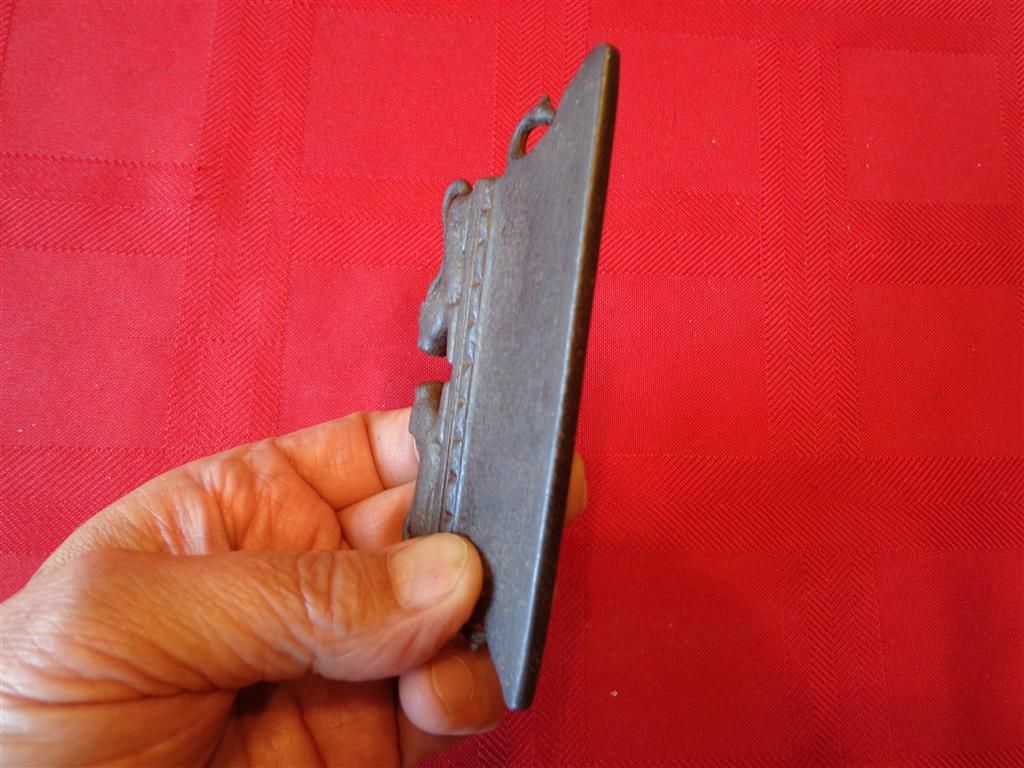- Joined
- Aug 25, 2003
- Messages
- 6,387
- Reaction score
- 1,254
5160 makes a good clever, Bowie, or chopping knife, but is only marginal as a skinner. It just doesn't have enough carbon to compete with higher carbon skinning or processing type blades, nor will it match 1095 as a striker. Due to the possible problems of micro cracks mentioned by Bo T, it is best purchased as from the mill bar stock. As I mentioned, not all automotive leaf springs are 5160. Though 5160 will be passable with a simple forge heat treat, it is not at it's best unless done with a controlled heat treat that includes a short soak time of 10 to 12 minutes or so before quench. 5160 is an OK knife steel, but only reaches greatness when shock resistance is needed, or desired








